National
Majority of Canadians want feds to focus on illegal gun smuggling not gun buyback program

By Gage Haubrich
The National Police Federation, the union representing the RCMP, says Ottawa’s buyback “diverts extremely important personnel, resources, and funding away from addressing the more immediate and growing threat of criminal use of illegal firearms.”
The Canadian Taxpayers Federation released new Leger polling showing 55 per cent of Canadians think that stopping illegal gun smuggling is the most effective way to reduce gun crime.
“The poll shows that Canadians know the real problem is illegal gun smuggling, not firearms owned by licenced Canadian gun owners,” said Gage Haubrich, CTF Prairie Director. “Planning to spend potentially billions of dollars on a program that Canadians don’t think is effective is a waste of money.
“Law-enforcement experts are telling Ottawa to focus on smugglers instead of licenced gun owners and this poll shows Canadians agree with that commonsense reality.”
The federal government originally announced the gun ban and buyback scheme in 2020. The government has started collecting firearms from businesses, but the government has not yet taken a single gun from individual Canadian gun owners.
The Leger poll asked Canadians what they think is the most effective way to reduce gun crime. Results of the poll show:
- 55 per cent say introducing tougher measures to stop the illegal smuggling of guns into Canada from the United States is most effective.
- 26 per cent say banning the sale and ownership of many different makes and models of guns as well as using a government buyback program is the most effective.
- Eight per cent say neither of these options.
- 11 per cent don’t know.
These results echo what police organizations have been saying for years.
The National Police Federation, the union representing the RCMP, says Ottawa’s buyback “diverts extremely important personnel, resources, and funding away from addressing the more immediate and growing threat of criminal use of illegal firearms.”
“There is no evidence that gun bans are effective in reducing this violence, particularly when 85 per cent of guns seized by our members can be traced back to the United States,” said the Toronto Police Association.
The government said the buyback program would cost taxpayers $200 million in 2019. Just buying back the guns, not including administrative costs, could cost up to $756 million, according to the Parliamentary Budget Officer.
Since then, the government has banned hundreds of other models of firearms as well as accessories, increasing the potential cost to taxpayers.
Prime Minister Mark Carney has promised to “reinvigorate the implementation” of Ottawa’s gun ban and buyback program.
“Ordinary Canadians and the experts both know this policy isn’t going to make anyone safer so the government needs to stop wasting money on this scheme,” Haubrich said. “It’s time to listen to Canadians and scrap the gun ban and buyback.”
Business
Bureaucracy balloons while less than 50 per cent of government performance targets are consistently met
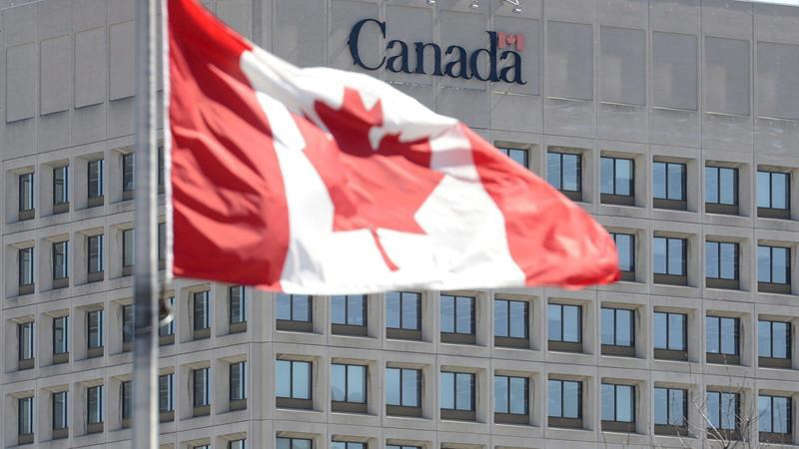
The federal government added 98,986 employees since 2016, bringing the number of federal bureaucrats to 357,965, according to data from the Treasury Board of Canada Secretariat.
“The last thing Canadians need is a bloated government full of highly paid paper pushers,” said Franco Terrazzano, CTF Federal Director. “If politicians want to provide tax relief and start paying down the federal debt, they need to shrink government bureaucracy.”
The federal government reduced its payroll by 9,807 employees over the last year. However, the federal government still has 98,986 more employees than it did in 2016 – a 38 per cent increase.
The average annual compensation for full-time federal bureaucrats is $125,300, when pay, pension, and other perks are accounted for, according to the Parliamentary Budget Officer.
Taxpayers would save about $7 billion annually had the federal bureaucracy grew in line with population growth over the last 10 years.
There are seven federal departments and agencies that have more than doubled their number of employees since 2016, including:
- Infrastructure Canada (375 per cent)
- Women and Gender Equality Canada (334 per cent)
- RCMP External Review Committee (229 per cent)
- Elections Canada (173 per cent)
- Immigration and Refugee Board of Canada (158 per cent)
- Financial Consumer Agency of Canada (154 per cent)
- Impact Assessment Agency of Canada (127 per cent)
Employment and Social Development Canada added the greatest number of employees since 2016. The department added 16,842 employees since 2016 – a 75 per cent increase.
The Canada Revenue Agency added the second greatest number of employees over the decade. The CRA added 13,015 employees since 2016 – a 33 per cent increase.
“It’s good to see the bureaucracy shrinking a little bit, but it’s still too bloated and too expensive,” Terrazzano said.
It isn’t just the size of the federal bureaucracy that’s ballooning – the cost is too.
The PBO estimates the federal bureaucracy cost taxpayers $69.5 billion in 2023-24. In 2016-17, the cost of the bureaucracy was $40.2 billion. That’s an increase of 72.9 per cent.
The federal government handed out more than one million pay raises between 2020 and 2023, according to government records obtained by the CTF. The federal government also rubberstamped more than $1.5 billion in bonuses for bureaucrats since 2015.
Given the rash of bonuses and pay raises, on top of new hires, Canadians might wonder: how well are things running in Ottawa?
Less than 50 per cent of the government’s own performance targets are consistently met by federal departments within each year, according to a March 2023 report from the PBO.
“We are also committed to capping, not cutting, public service employment,” according to the Liberal Party’s 2025 election platform.
“Prime Minister Mark Carney’s promise to cap the bureaucracy doesn’t go nearly far enough and just entrenches the Trudeau government’s costly bureaucrat hiring spree,” Terrazzano said. “Taxpayers need politicians to cut the bloated bureaucracy and make pay and perks more affordable.”
Economy
Canada Treats Energy As A Liability. The World Sees It As Power

From the Frontier Institute for Public Policy
Research VP Marco Navarro-Genie warns that Canada’s future hinges on building energy infrastructure, not just expanding pipelines but forging a true North American energy alliance. With global demand rising and authoritarian regimes weaponizing energy, Ottawa’s dithering costs Canada $70 million daily. Sovereignty isn’t secured by speeches but by infrastructure. Until Canada sheds its regulatory paralysis, it will remain a discount supplier in a high stakes geopolitical game. Time to build.
Canada has energy the world is begging for, but ideology and red tape are holding us back
As Prime Minister Mark Carney met with U.S. President Donald Trump recently, energy should have been the issue behind every headline, whether mentioned or not. Canada’s future as a sovereign, economically resilient country will depend in no small part on whether the country seizes this moment or stalls out again in a fog of regulatory inertia and political ambivalence. Canada holds an underleveraged strategic card: the potential to be the world’s most reliable democratic energy supplier. Recent trade figures show Chinese imports of Canadian crude hit a record 7.3 million barrels in March, a direct result of newly expanded access to the Pacific via the Trans Mountain Expansion (TMX), a federally owned pipeline project that now connects Alberta crude to global markets through British Columbia’s coast. But one pipeline does not make a national strategy. Demand in Asia is growing fast. India is among the hungriest, but Canada’s infrastructure is nowhere near meeting that demand.
This matters not just for Canada, but for the United States as well. In a world where energy markets are weaponized and strategic reserves manipulated by authoritarian regimes, the case for a coordinated North American energy alliance is stronger than ever. Such an alliance should not erode national sovereignty. It should reinforce it, allowing Canada, the U.S. and Mexico to insulate themselves collectively from supply shocks and geopolitical blackmail while projecting democratic strength abroad.
But for that alliance to work, Canada must be a credible partner, not merely a junior supplier shackled by Ottawa-induced internal bottlenecks. While the U.S. has leveraged its shale revolution, LNG capacity and permitting reforms to pursue energy dominance, Canada dithers. Projects languish. Investment flees. And meanwhile, Canadian oil continues to flow south at a steep discount, only to be refined and resold, often back to us or our trading partners, at full global prices.

Yes, you read that right. Canada’s oil and gas is sold at a discount to U.S. customers, and that discount costs Canada more than $70 million every single day. The Frontier Centre for Public Policy has developed a real-time tracker to monitor these losses. This pricing gap exists because Canada lacks sufficient pipeline infrastructure to access overseas buyers directly, forcing producers to sell to the U.S., often at below-market rates.
Such massive losses should be unacceptable to any government serious about economic growth, geopolitical influence or environmental integrity. Yet Ottawa continues to speak the language of ambition while legislating the mechanics of paralysis. Stephen Guilbault’s statement that Canada already has enough pipelines speaks to more paralysis..
Canada’s energy infrastructure challenges are not just economic; they are matters of national defence. No country can claim to be secure while relying on another’s pipelines to transport its energy across its own territory. No country can afford to leave its wealth-producing regions boxed in by regulatory choke points or political resistance dressed as environmental virtue.
Our energy economy is fragmented. Western hydrocarbons are stuck inland and must pass through the U.S. to reach Eastern Canada or global markets eastward. This weakens national unity and leaves us exposed to foreign leverage. It also creates strategic vulnerabilities for our allies. American industries depend on Canadian crude. So do U.S. Gulf Coast refineries. And while American officials continue to treat energy as a tool of diplomacy and economic leverage, using energy exports to build alliances and reduce reliance on unstable regimes, Canada treats it as a domestic liability.
We need to shift the frame. Infrastructure isn’t just about steel in the ground; it’s the backbone of strategic autonomy. Pipelines, export terminals and utility corridors would allow Canada to claim its place in the emerging geopolitical order. They would also signal to global investors that Canada is open for business and capable of delivering returns without political obstruction.
The U.S. wants a stable, competent partner to help meet global energy needs. Increasingly, so does the rest of the world. But until we address our internal dysfunction and build, we’re stuck. Stuck watching global opportunities pass us by. Stuck selling low while others sell high. Stuck in a conversation about sovereignty we’re not structurally equipped to address, let alone win.
When Carney meets with Trump again, he would do well to remember that economic independence, not rhetorical unity, is the bedrock of sovereignty. Without infrastructure, Canada brings only words to a hard-power conversation.
Paraphrasing Thomas Hobbes, energy covenants without infrastructure are but words. It’s time to stop posturing and start building.
Marco Navarro-Genie is the vice-president of research at the Frontier Centre for Public Policy. He is co-author, with Barry Cooper, of Canada’s COVID: The Story of a Pandemic Moral Panic (2023).
-
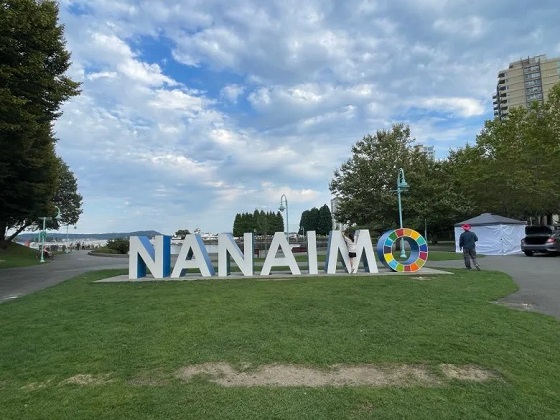
 Addictions1 day ago
Addictions1 day agoMan jailed for trafficking diverted safer supply drugs, sparking fresh debate over B.C. drug policies
-
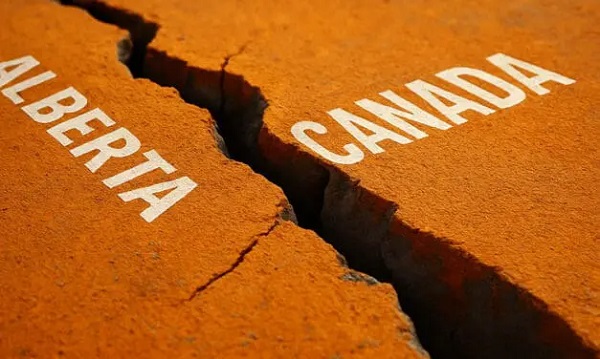
 Alberta2 days ago
Alberta2 days agoHow Trump and Alberta might just save Canada
-
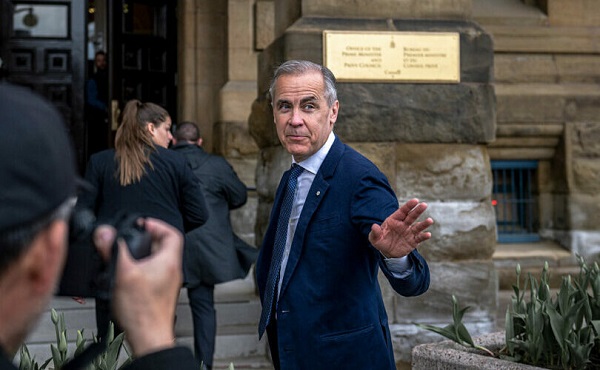
 Business2 days ago
Business2 days agoThe Liberals Finally Show Up to Work in 2025
-

 Alberta1 day ago
Alberta1 day agoJann Arden’s Rant Will Only Fuel Alberta’s Separation Fire
-

 Bruce Dowbiggin1 day ago
Bruce Dowbiggin1 day agoCaitlin Clark Has Been The Real Deal. So Her WNBA Rivals Hate Her
-
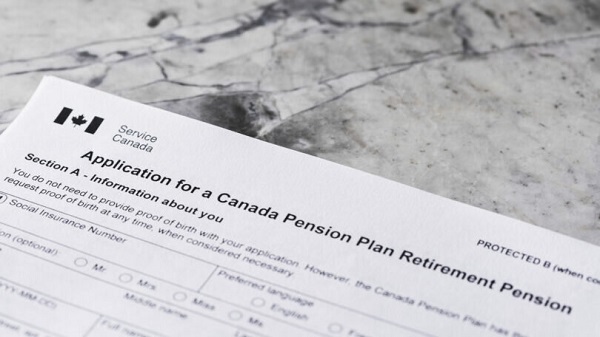
 Banks1 day ago
Banks1 day agoCanada Pension Plan becomes latest institution to drop carbon ‘net zero’ target
-

 Daily Caller1 day ago
Daily Caller1 day agoThere’s A Catch To California’s Rosy Population Stats
-

 espionage2 days ago
espionage2 days agoIntel official accused of leaking classified info to foreign country to sabotage Trump



